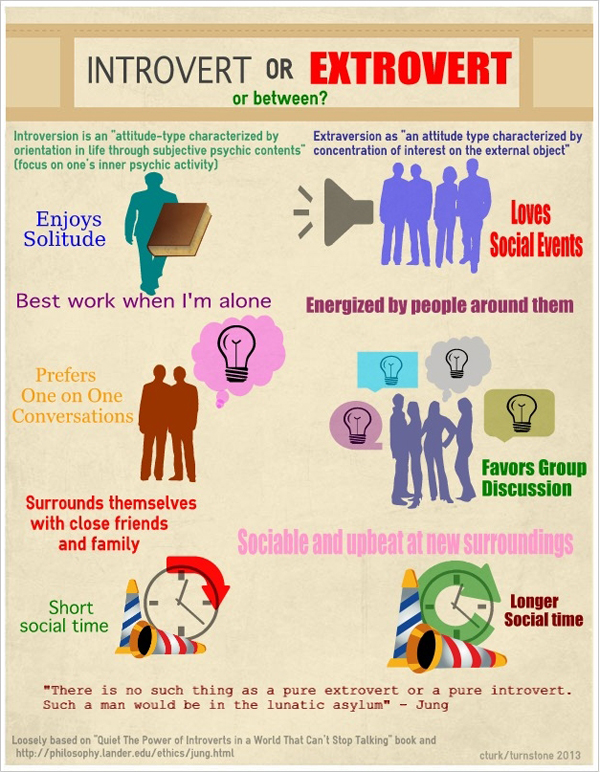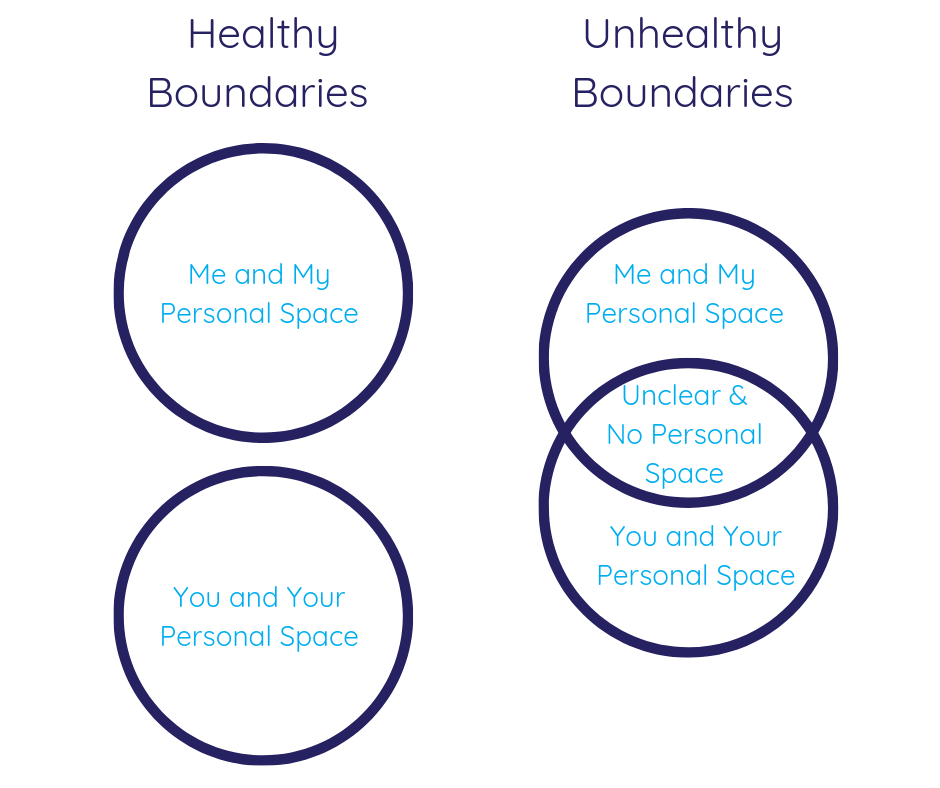Training for introverts
Should We Train Introverts Differently?
Introverts are often misunderstood. Many people associate the term with shyness or social awkwardness, but introversion is more about where you get your energy from—and whether you prefer to spend time alone or with others.
Most people are a mix of both introverted and extroverted traits, with some leaning more in one direction than the other. But it’s estimated that approximately 50% of the population is introverts.
At the workplace, introverts may be quieter than their extroverted colleagues, but they have many strengths that can benefit the company. For example, they may have excellent critical thinking skills and be great at finding creative solutions to complex problems. But because they usually prefer to work alone, they can be overlooked when it comes to training opportunities.
The truth is, there’s no one-size-fits-all approach when you’re developing training for a workforce that includes many introverts. As such, it’s important to ensure that your approach will engage them as much as your extroverted employees.
Introverts vs. Extroverts
The term introvert was coined by psychologist Carl Jung and popularized in the 1960s by famed psychologist Hans Eysenck. Introversion is one of the major personality traits identified in many theories of personality psychology.
While we tend to think of introverts as shy and extroverts as outgoing, both terms refer to how people draw their energy from the world around them.
Extroverts tend to feel energized after spending time with others, while introverts need time alone in order to recharge their batteries (hence why many people think introverts are shy).
While extroverts enjoy the spotlight and “feeding off” the energy of a group, introverts are easily drained by social interactions. A group brainstorming session can be a nightmare for some introverts, who might find it hard to contribute or focus in a noisy room.
These personality differences can lead to misunderstandings between introverted and extroverted employees — and that can be bad news for team collaboration.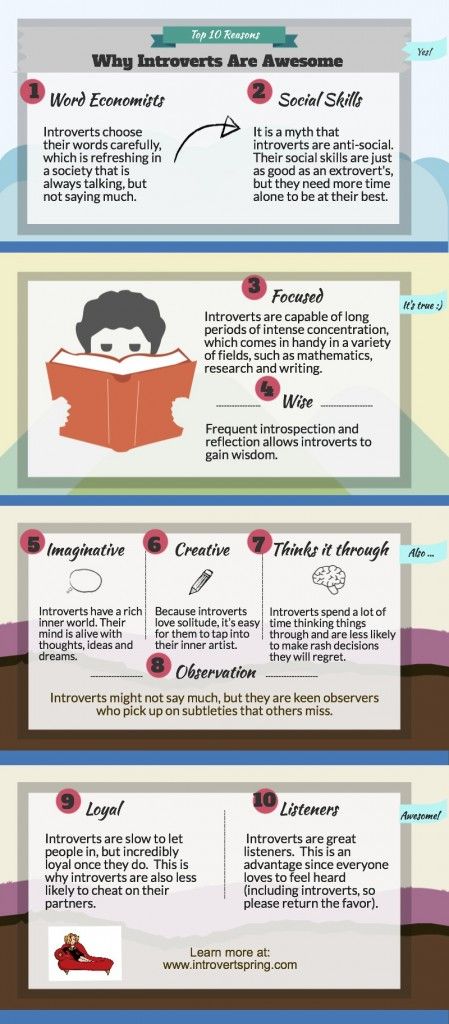 Introverts might feel they’re not being heard in meetings, while extroverts feel their ideas are being unfairly dismissed.
Introverts might feel they’re not being heard in meetings, while extroverts feel their ideas are being unfairly dismissed.
Training for Introverts: The Do’s and Don’ts
As you familiarize yourself more with the different kinds of employees, it’s important to keep in mind that these categories are not cut-and-dried. For example, some introverts are happy to speak in a large group, while some extroverts will prefer to work alone on a task. But there are some key differences that apply to many people on each end of the spectrum.
The Do’s
Give Them Advance Notice
Give them time before training to consider their approach and prepare. Introverted workers thrive when given the opportunity to come up with a strategy or plan of action before being thrown into the fray.
Consider sending out an agenda or outline of what will be covered during training sessions so that introverts have plenty of time to think about how they will handle each topic as it is introduced during the session itself.
Discuss and Plan with Them
Introverts are at a disadvantage in many situations, and this is especially true in the workplace. The majority of employee training, for instance, is geared toward extroverts. Introverts often feel pressure to be more social, more positive, and more assertive than their natural inclinations allow.
But it’s a mistake to ignore introverts’ needs or force them to learn like extroverts. If some people prefer to learn alone, for example, why not let them?
If you have an introvert in your team, ask them what type of training they want. Don’t force them into a “one size fits all” setting if it doesn’t fit them. They will probably tell you that they’d rather have one-on-one meetings or read course materials than go to a seminar or workshop.
Give Them Time During Training to Process Information
Introverts will process information differently than extroverts do, so they’ll need more time to absorb what’s going on during training sessions.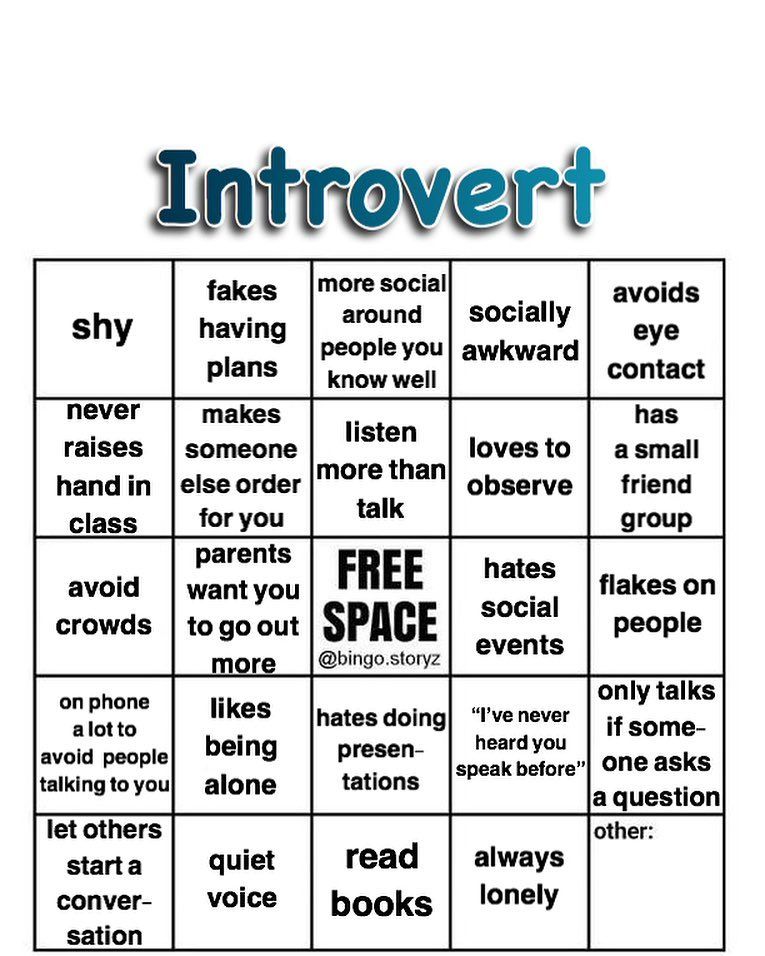 Be patient with them and give them space to reflect on what they’re learning.
Be patient with them and give them space to reflect on what they’re learning.
Don’t expect immediate action or results from introverted learners; rather, give them time after the training is over to practice what they’ve learned and apply it in their own way. They need more time alone, away from group activities, where they can learn in a less stimulating environment.
Communicate in Writing
Encourage written communication over verbal communication after training sessions end. Introverts may want to ask questions or give feedback but feel uncomfortable speaking up in large groups.
Consider posting a message board or creating a shared document where introverted employees can submit questions or comments privately and anonymously if they like. This will allow them to share their thoughts without feeling pressured or put on the spot, which can be intimidating.
Provide Quiet Training Spaces
Provide a quiet space for them to train. Introverts often prefer small-group or one-on-one training over large group sessions, as these settings allow them to ask questions without being interrupted or feeling overwhelmed.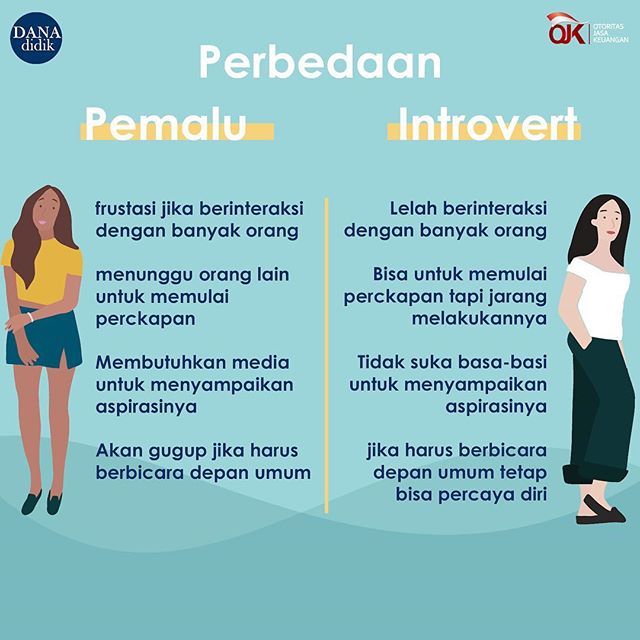
If possible, allow them the option of completing online courses that include interactive exercises and videos. This allows them to work at their own pace and absorb information in a comfortable environment. If they must attend a group training session, sit with them so you can help them participate in discussions when necessary.
Encourage Participation
It’s easy for introverts to fade into the background during group learning sessions, but encourage them to speak up by asking them questions directly or giving them opportunities to lead group discussions.
The Don’ts
Don’t Overload Them With Group Training
Many introverts prefer to learn independently, so include independent practice sessions whenever possible. If you must use group training, limit it to small groups of four or five people and give them plenty of time and space to work independently once they’re back at their desks.
Don’t Criticize Them Publicly
Feedback is an important part of learning and growing, but it’s best to be constructive instead of destructive. Discuss feedback matters one on one instead of in a group setting.
Discuss feedback matters one on one instead of in a group setting.
Don’t Demand Instant Answers
When asked a question, an extrovert will blurt out the first thing that comes to mind. Introverts may take longer to answer because they need time to process the information before they respond.
If you’re training a group of introverts, let them know that it’s alright to ask for time to think before answering a question. It also helps them if you ask open-ended questions rather than yes/no questions.
Online Training
Introverts prefer to take in information internally, so an e-learning course would be perfect for them. It allows them to avoid the stress of a live classroom and work at their own pace. Plus, they can go back and review information as needed.
Since online training includes a variety of learning methods such as audio, video, text and interactive elements, it can help introverted employees absorb the content in the way that works best for them. For example, some might prefer recording their voice responses instead of typing their thoughts out on a document or discussion forum.
For example, some might prefer recording their voice responses instead of typing their thoughts out on a document or discussion forum.
Others might be fine with typing but would rather read someone else’s thoughts rather than have a voice-to-voice conversation with them. Giving them multiple ways to learn allows them to choose what works best for them at any given time or point in the lesson.
KnowledgeCity Courses for High Performers
Whether your goal is to enhance communication, time management, project management or leadership skills, KnowledgeCity has the business training you need.
Our mission is to help individuals and businesses achieve their full potential by offering a complete suite of courses taught by subject matter experts. Our courses are developed by professionals who have years of experience in their fields. You can download our free guide on how to build a successful training program to learn more about what a great employee training program involves, the benefits you can expect from employee training, and mistakes you should avoid when developing a training program.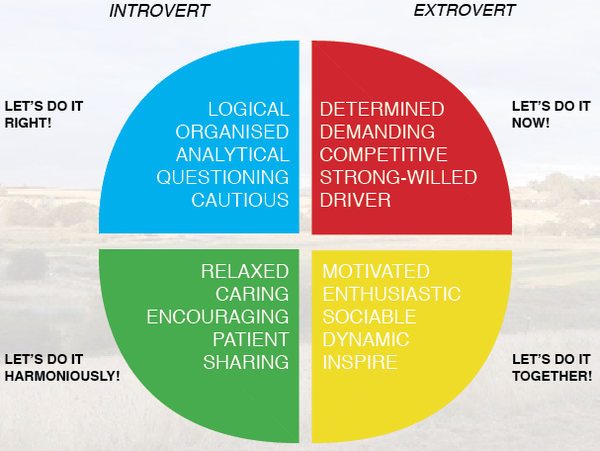
How to Adjust Your Management and Training for Introverts
It’s estimated that 30-50% of working professionals are introverts. You probably have some on your team. Full disclosure: I'm an introvert, myself.
We tend to categorize introverts as quietly reserved, while gregarious extroverts steal the spotlight—and sometimes all the oxygen in a room. It can be difficult to elicit contributions and feedback from introverts, while the extroverts easily volunteer theirs.
Here are a few tips for engaging your team’s wonderful introverts, and drawing out their personal best.
What energizes each person? That's the tell
Let’s look at the big differences between your extroverts and introverts. We generally associate one with being outgoing, the other as shy. These are, in fact, gross oversimplifications of the way he/she may behave in a social setting, or how they might react and interact within group settings.
There's research which suggests the introvert/extrovert distinction is more than how one behaves in social settings. Rather, as proposed by the research, it’s how that individual acquires his or her energy to accomplish what's asked of them.
Rather, as proposed by the research, it’s how that individual acquires his or her energy to accomplish what's asked of them.
From a management and training perspective, that's a critical distinction. Because the more you can keep your employees and trainees energized, the happier and more productive they'll be and the more naturally they will learn and grow.
(Quietly) Enter the mind of your introverts
In her book, Quiet: The Power of Introverts in a World that Can’t Stop Talking, Susan Cain provides some adaptive strategies managers, trainers, and leaders can use to energize and encourage introverts.
Discuss and plan
Begin with casual discussions about what a perfect workday or a perfect training looks like for your introverts. Try to get a feel for how they like to get their work done and what they personally need/do to recharge their energy supply daily. Then take what you’ve learned and use it to strategically plan days so they get what they need (within reason, of course).
Rethink the environment
Consider the environment you’re in as well. Modern American workplaces tend to favor large, open floor plans and constant collaboration; ideal for your extroverts, not for your introverts. Try to provide alternative access to private spaces for independent work when the need to be alone arises.
Get them to speak up
Don’t be afraid to challenge your introverts (just a little bit) from time to time. Encourage them to speak up in group discussions. The trick is to make them feel comfortable enough to engage and share. By providing them with topics ahead of group meetings or training, you’ll give them time to prepare contributions while lessening the intimidation they may otherwise feel if called upon without warning.
As their manager or trainer, you can also help your introverts thrive by playing to their strengths. They’re naturally better with tasks involving: memory, planning, problem solving, motor control and self-regulation. Skills like these are welcomed on any team. Fit them tasks they’ll excel at and keep them energized for more.
Fit them tasks they’ll excel at and keep them energized for more.
A checklist for managing and training introverts
Here’s your quick list of the dos and don’ts of managing and training for introverts compiled from a couple of online resources.
Do:
- Balance social spaces with private ones.
- Send the agenda in advance and occasionally ask for written feedback to give introverts time to formulate their thoughts and summon the courage to share them.
- Allow people to work and learn the way they want to; extroverts should feel comfortable taking time to socialize, while introverts should have license to work remotely or take breaks from the group.
- Give them advance notice (which is also helpful for older worker and learners, too).
- Help them find a partner/small group.
- Teach them new skills privately.
Don’t:
- Assume you already know everything about introversion and extroversion - make an effort to learn about how personality impacts work preferences and learning styles.

- Overload your team with meetings or group training; give colleagues ample uninterrupted time to work and learn.
- Let a certain dominant personality do all the talking; encourage that person to reflect and listen.
- Publicly reprimand them.
- Demand instant answers.
- Interrupt them.
- Try to make them extroverts.
Respect an introvert’s:
- Unique perspective.
- Need for privacy.
- Need to observe first.
If you're seeking a training alternative that appeals to the learning needs of introverts, consider KnowledgeWave. Our self-guided training videos and online classes are a perfect fit.
Cultural and environmental adjustments
Dan Cox, VP of engineering at Polyvore, was recently featured in CIO about his company’s considerations for its introverted team members, and the strides they take to ensure both its culture and physical environment promote productivity.
Communication
"It's important to embrace the idea that there can be multiple types of communications styles between different people," says Cox. You are likely to be managing or training a blended group of introverts and extroverts. Each will favor a particular method of communication. At Polyvore, they encourage communication across multiple avenues (from in-person to instant messaging) to keep both sides talking.
You are likely to be managing or training a blended group of introverts and extroverts. Each will favor a particular method of communication. At Polyvore, they encourage communication across multiple avenues (from in-person to instant messaging) to keep both sides talking.
Nudge them a little
Asking an introvert to take center stage won’t fly with them. However, you can nudge them a bit to get them out of their comfort zones and share ideas. Polyvore’s engineering group developed "Demo Days" – a weekly internal sharing of ideas to the team. Cox explains the extroverts—as expected—jump in to engage the audience. The introverts typically took more of a behind the scenes roll – usually driving the demo. "No one is forced out of their comfort zone, but it gives a regular opportunity for the introverts to get their ideas out there, in a fun and less structured environment."
Workspace design
We know an open, cube-filled floorplan is better suited for extroverts. Your introverts could benefit from an alternative workspace "that allows them to be the most efficient possible.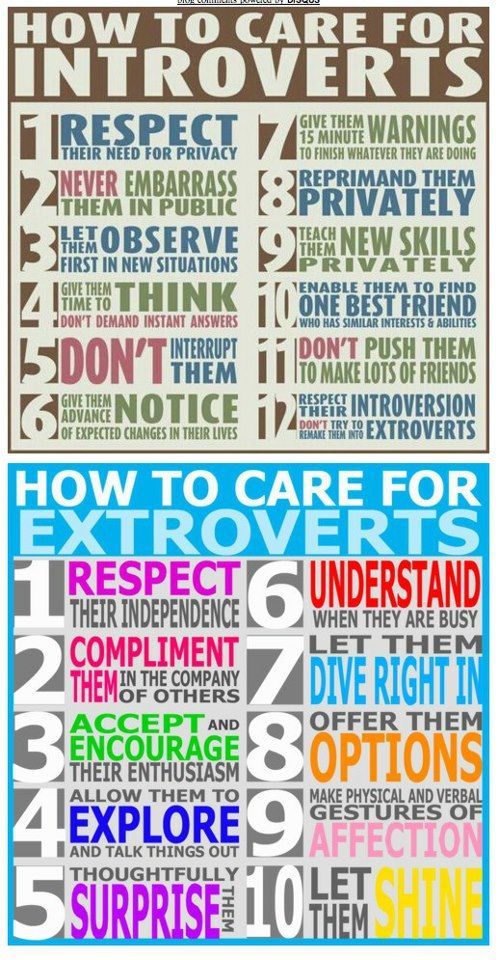 " The article suggests work-from-home opportunities, or office design changes to create private rooms employees can book for a period of time. Organizations focused on providing inclusive environments are bound to see a highly energized staff.
" The article suggests work-from-home opportunities, or office design changes to create private rooms employees can book for a period of time. Organizations focused on providing inclusive environments are bound to see a highly energized staff.
Adjusting your management and training for introverts might not be something you've considered much. With these tips, you’re on your way to helping your team's introverts contribute and thrive right alongside their extroverted colleagues.
5 thoughts of an introvert at the training. How to get the most out of training Context
3 minutes to read 4877
At each “Context” training, dozens of people gather in the hall - as a rule, they do not know each other. What if I'm embarrassed to share the questions I came with? Can I trust all these people? Every second participant has such fears.
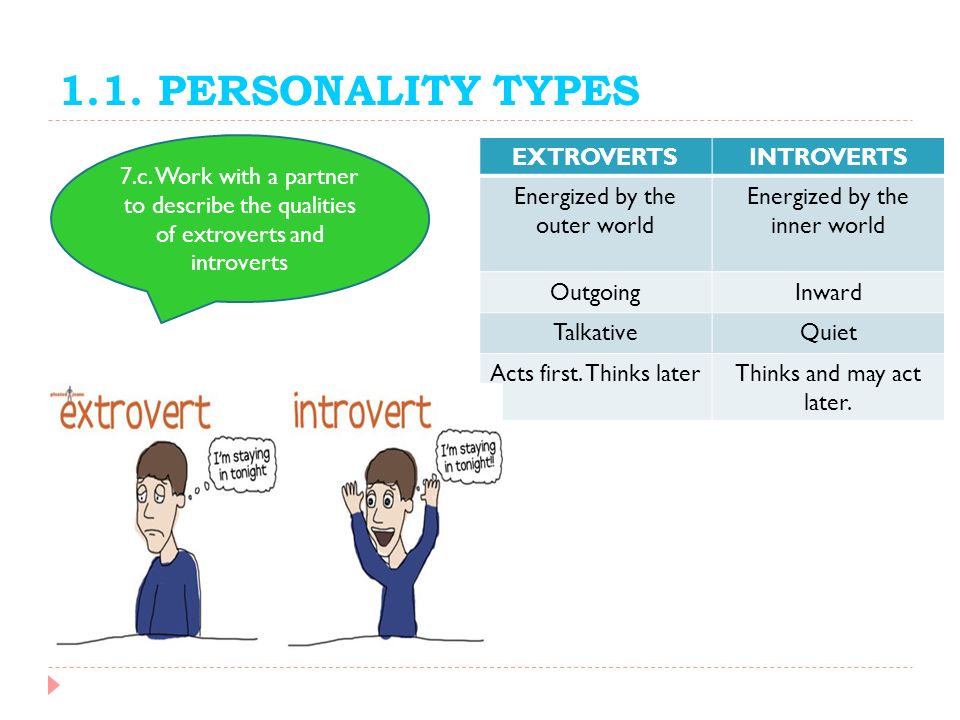 We asked Alexander Kiyatkin, a graduate of Context, to tell us why all these thoughts are normal and how to get the most out of training if you are an introvert.
We asked Alexander Kiyatkin, a graduate of Context, to tell us why all these thoughts are normal and how to get the most out of training if you are an introvert. Dozens of strangers around. The need to talk about yourself with the person you see for the first time. And, perhaps, not one on one, but under the gun of hundreds of eyes. Yes, even listen to someone else's opinion about yourself! Sounds like an introvert's worst nightmare. But if you give free rein to fears and hide in a corner, then the training will be in vain. Fortunately, most thaw in the process, get involved. And to make this process faster and easier, it is enough to keep five simple theses in mind.
1. What you feel is normal.
An introvert is a person who tends to observe the surrounding reality and comprehend it instead of immediately rushing to interact with it. Therefore, in unfamiliar circumstances, he is restrained and prefers not to stick out for the time being. Moreover, your feelings are shared by almost everyone present.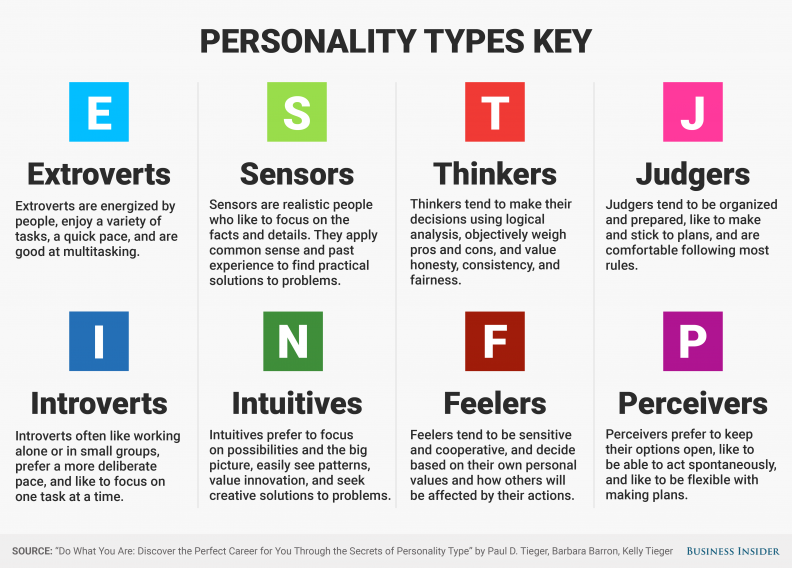 There are people who are inclined to confession or who love the attention of society, but they are an absolute minority, especially in Russia. Your neighbors on the left and right, and the girl who raises her hand, and even the person who went on stage, and maybe the coach are introverts. You are among yours.
There are people who are inclined to confession or who love the attention of society, but they are an absolute minority, especially in Russia. Your neighbors on the left and right, and the girl who raises her hand, and even the person who went on stage, and maybe the coach are introverts. You are among yours.
2. Listen to the coach, take his words as seriously as possible.
The beginning of the actual training is preceded by a rather long prelude. Do not take this as abstract chatter and do not sit with the expression “well, well, we swam, we know.” This time is dedicated to making you feel or feel more confident. This is all done for you. The coach knows that he can count on your trust only if he himself is frank. And he tells things that you would not tell any friend. It's a gesture: "we can trust each other." The first step towards is the very step that is especially difficult for introverts. Try to take a step back. It's easy and even enjoyable.
3.
 Don't label.
Don't label. All people sin with this, but it is especially convenient for introverts to explain their unwillingness to communicate in this way. Small-minded, too loud, sullen, untidy, narcissistic, strange ... In general, why talk to such a person? “It’s stupid to raise your hands or answer on command” is also a label. It's just that in this case you hang it on all the people gathered in this hall, including the coach. They don't deserve such arrogance on your part. At the end of the training, you will definitely understand this - and you will regret that you were not more active and open at the beginning.
4. The most active get the maximum.
This is the law of life. And training is like a little life. It is hard and uncomfortable in places, but forgiving. Coaches, people in the gym - they will all forgive you anything: an awkward speech, a terrible story, and even selfishness. Here, if they are condemned for something, then for complete passivity. You yourself will then reproach yourself for having missed or missed the opportunity, that you came and watched a funny movie instead of fully living these hours and days, participating and getting the most out of it. The closer to the end of the training, the more people understand this. And if at the beginning it is difficult for someone to get on stage, then queues form later.
You yourself will then reproach yourself for having missed or missed the opportunity, that you came and watched a funny movie instead of fully living these hours and days, participating and getting the most out of it. The closer to the end of the training, the more people understand this. And if at the beginning it is difficult for someone to get on stage, then queues form later.
5. Don't waste your time.
This is the main idea with which to come to the training. You could or could be here for various reasons. Maybe even the initiative did not come from you. Perhaps all this is complete nonsense, and there will be no benefit. But think: you are already here, you will spend many hours. And if you do not get rid of skepticism, then you will definitely spend them in vain. And if you accept the rules of this game, then there will be a chance that all these hours will not be in vain. That as a result you will have not only new experience, but also more knowledge about yourself. Knowledge that will allow you to change if you wish. Isn't that what you're here for?
Knowledge that will allow you to change if you wish. Isn't that what you're here for?
Commentary by business coach Vladimir Gerasichev
When strangers share their stories at the training, talk about problems, a person feels that he is not alone, that others have the same experiences and feelings. We are used to the fact that life looks bright and cloudless behind the facades of social networks. But why deceive yourself - everyone faces difficulties.
The training provides so many formats for work - not only going to the microphone and talking in front of the hall. This is a lot of homework, this is an opportunity, while driving home, to notice things that were not paid attention to before.
Plus, when you set a goal for yourself, but put it off or give up halfway through, it's always easier to come to an agreement with yourself. The brain finds excuses, loopholes, which it buys into. “It’s okay, now is not the moment, I’d rather stay in comfort and generally it’s raining outside. ” The training is supported by a group. Having made a promise to others that you will achieve your goal, it is already harder not to fulfill it.
” The training is supported by a group. Having made a promise to others that you will achieve your goal, it is already harder not to fulfill it.
Sports for the introvert - latest articles and interesting information
Sports training is not always associated with the need to be in noisy crowded places. Five ideas for those who would rather train alone.
It is not easy for an introvert to find his place in sports, since most disciplines are accompanied by group programs and constant being surrounded by strangers. If this circumstance confuses you, then you do not need to abandon sports development. We present for your assessment five types of training, each of which reduces contact with people to a minimum.
Most sports disciplines are not suitable for introverts, if a person experiences stress in an atmosphere of noise, unnecessary conversations, filled space, then training in such conditions is definitely not suitable for him. If an occupation leads to a state of anxiety and nervousness, then it should be abandoned, because the emotional and physiological state of a person are inextricably linked. Skip the groups and organize a class for yourself.
Skip the groups and organize a class for yourself.
Running
Each run is a feeling of freedom and independence, without getting rid of stress and negative thoughts, it allows you to put your thoughts in order. It's up to you to decide how your workout will go - to the sounds of the surrounding area or to your favorite music in the headphones. With musical accompaniment, training goes unnoticed, but the main thing is that the headphones allow you to completely abstract yourself from others.
Home training with a virtual trainer
Downloading a video course with a set of exercises is much easier than going to the gym. At home, you can burn calories in the same way and make your muscles stronger. This workout belongs only to you, at any time you can turn on or pause the virtual trainer, repeat the desired exercise several times until it starts to work out. Home workouts save you from the annoying attention of gym visitors.
Swimming
Just being in the water element helps to relax and distract from everything that worried you before. And if you pick up hours with a minimum number of visitors and choose a free lane for yourself, then swimming will bring real pleasure. The next 45 minutes you will be surrounded by only one water.
And if you pick up hours with a minimum number of visitors and choose a free lane for yourself, then swimming will bring real pleasure. The next 45 minutes you will be surrounded by only one water.
Personal training
This is the most effective way of training for an introvert, you can do it not only in the gym, but also in the fresh air, in the office or at home. Choose a coach that you like, and he will do the rest of the work for you - he will select the right program and will make adjustments to it if necessary. The coach will be able to pay attention to you alone, that is, to notice and correct mistakes in time, to guide you on the path of progress.
Cycling
If you have a bike, then walking on it will not only be a great workout, but also a little personal adventure. For those who do not plan to get a bike, we can recommend the now very popular cycling studios. Special equipment creates an imitation of a bike ride, a personal program is selected for each person, and thanks to the use of virtual reality, training turns into a journey through forests, mountains or deserts.